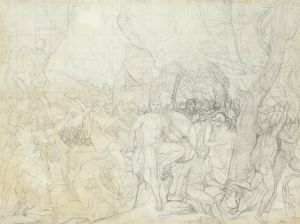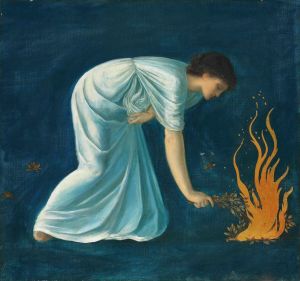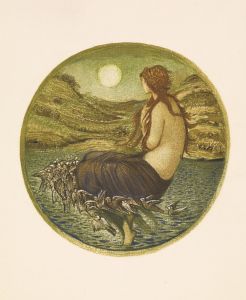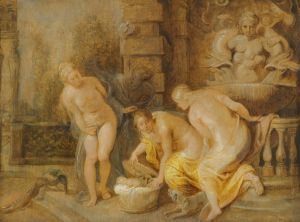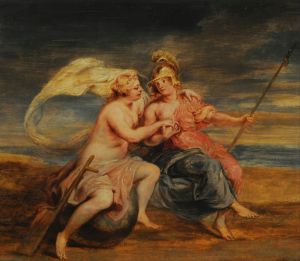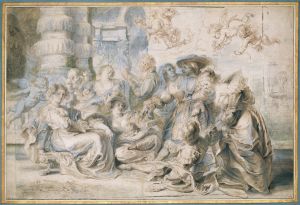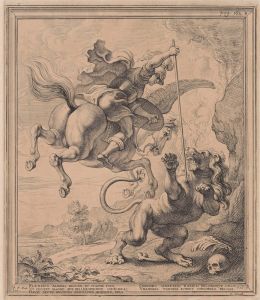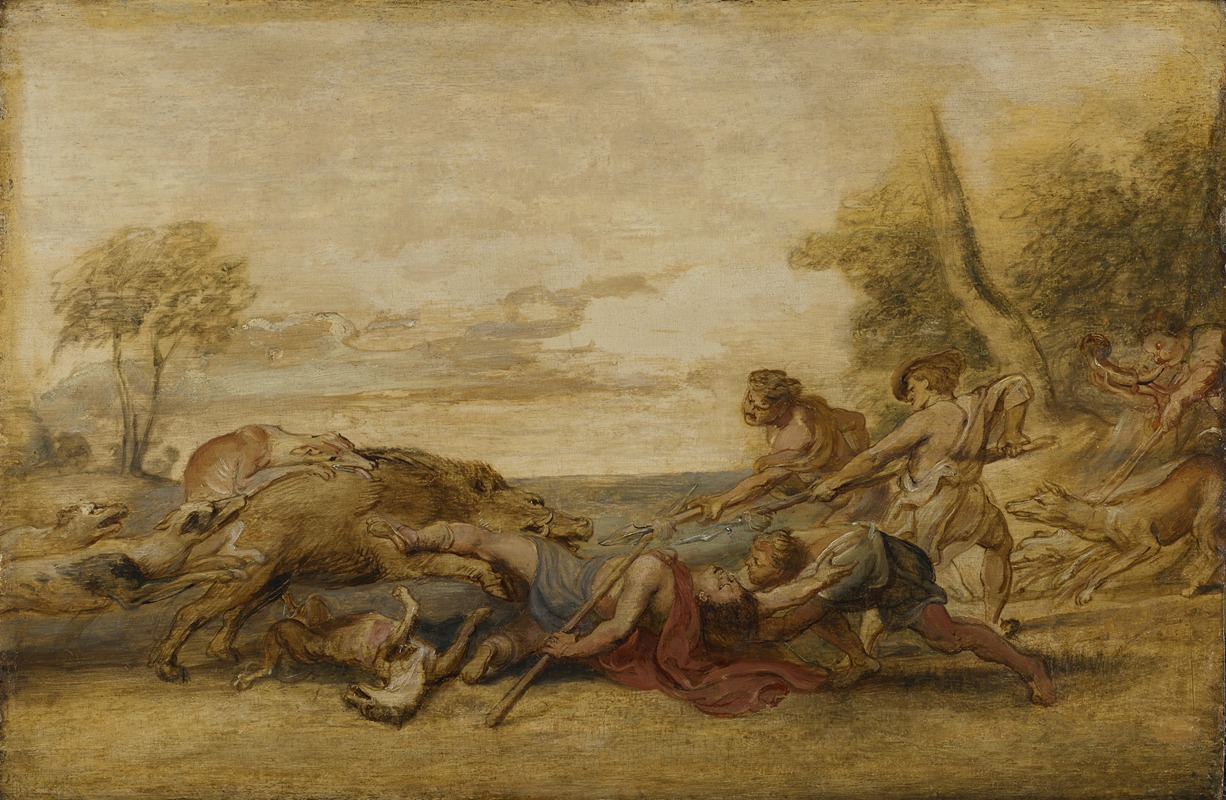
Death of Adonis
A hand-painted replica of Peter Paul Rubens’s masterpiece Death of Adonis, meticulously crafted by professional artists to capture the true essence of the original. Each piece is created with museum-quality canvas and rare mineral pigments, carefully painted by experienced artists with delicate brushstrokes and rich, layered colors to perfectly recreate the texture of the original artwork. Unlike machine-printed reproductions, this hand-painted version brings the painting to life, infused with the artist’s emotions and skill in every stroke. Whether for personal collection or home decoration, it instantly elevates the artistic atmosphere of any space.
Peter Paul Rubens, a prominent Flemish Baroque painter, created "Death of Adonis," a work that exemplifies his mastery in depicting dramatic narratives and emotional intensity. Rubens, known for his dynamic compositions and vibrant use of color, often drew inspiration from classical mythology, and "Death of Adonis" is no exception. This painting captures the tragic moment from the myth of Adonis, a story that has been a popular subject in Western art.
The myth of Adonis originates from ancient Greek mythology. Adonis was a handsome youth loved by Aphrodite, the goddess of love. According to the myth, Adonis was killed by a wild boar during a hunting expedition, a tragic event that deeply grieved Aphrodite. This story has been interpreted in various ways, often symbolizing themes of love, loss, and the transient nature of beauty and life.
In Rubens' "Death of Adonis," the artist portrays the aftermath of the fatal encounter with the boar. The composition is typically Baroque, characterized by its emotional intensity, movement, and dramatic use of light and shadow. Rubens' ability to convey emotion is evident in the expressions and gestures of the figures. Aphrodite is depicted in a state of despair, her sorrow palpable as she mourns over the lifeless body of Adonis. The use of rich, warm colors enhances the emotional impact of the scene, a hallmark of Rubens' style.
Rubens' depiction of the mythological scene is not only a testament to his skill as a painter but also reflects the broader cultural and artistic trends of the Baroque period. During this time, there was a renewed interest in classical antiquity, and artists like Rubens sought to bring these ancient stories to life with a new level of emotional depth and realism. His work often combined elements of classical art with the dramatic flair of the Baroque, resulting in compositions that were both visually stunning and emotionally resonant.
The painting also demonstrates Rubens' ability to depict the human form with anatomical precision and grace. His figures are robust and dynamic, capturing the physical beauty and vitality that are central to the story of Adonis. The attention to detail in the rendering of textures, such as the softness of skin and the sheen of fabrics, further showcases Rubens' technical prowess.
"Death of Adonis" is a fine example of Rubens' ability to blend narrative and emotion with technical skill. The painting not only tells a story from mythology but also invites viewers to engage with the universal themes of love, loss, and the fleeting nature of life. Through his masterful use of composition, color, and form, Rubens creates a work that continues to resonate with audiences, reflecting the enduring power of myth and art.
This painting is part of Rubens' broader oeuvre, which includes numerous works inspired by classical mythology and history. His ability to breathe new life into these ancient tales has cemented his reputation as one of the most important artists of the Baroque period. "Death of Adonis" remains a significant work within his body of work, illustrating his unique ability to combine narrative depth with artistic brilliance.






